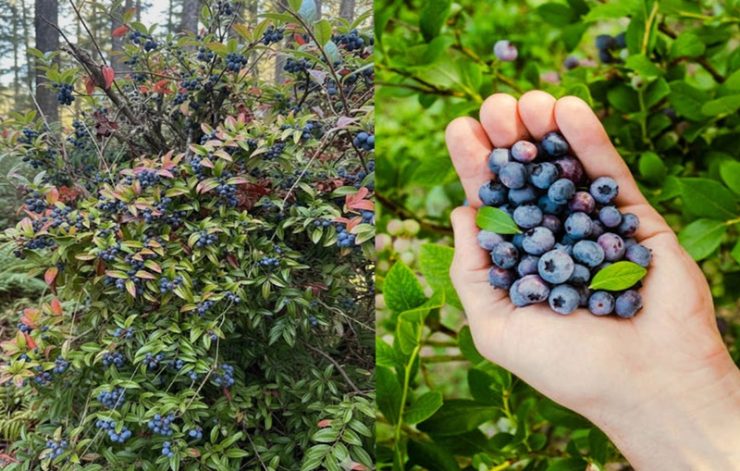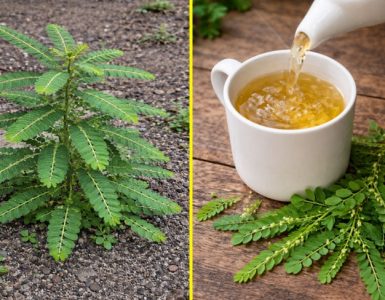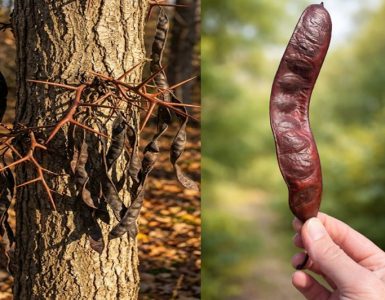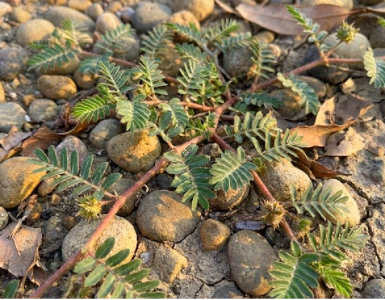The evergreen huckleberry (Vaccinium ovatum) is a small, glossy-leaved shrub native to the Pacific Northwest of North America. This hardy, shade-tolerant berry plant is not only beautiful in gardens but also produces nutrient-rich fruits with impressive health benefits.
From traditional herbal uses to modern culinary applications, this native gem deserves a spot in every edible landscape.
Plant Overview
Scientific Name: Vaccinium ovatum
Common Names: Evergreen Huckleberry, California Huckleberry
Family: Ericaceae (Blueberry family)
Native Range: Pacific Coast of North America, from British Columbia to California
Habitat: Forest edges, coastal bluffs, and shaded woodlands
Growth Habit: Compact evergreen shrub (1–3 meters tall)
The plant is easily recognized by its shiny dark green leaves, pinkish-white spring flowers, and deep purple-black berries that ripen in late summer to fall.
Nutritional and Health Benefits
Evergreen huckleberries are a superfood-level fruit packed with antioxidants, vitamins, and fiber.
1.Rich in Antioxidants
The berries contain anthocyanins and polyphenols — compounds that help protect the body from oxidative stress, aging, and chronic disease.
2.Supports Heart Health
Regular consumption of huckleberries may help reduce cholesterol, improve circulation, and maintain healthy blood pressure levels.
3.Boosts Immunity
Their vitamin C content supports immune defense and collagen production, aiding skin health and wound healing.
4.Promotes Digestive Health
Dietary fiber in the berries supports healthy digestion and helps regulate blood sugar levels.
5.Anti-inflammatory Properties
The plant’s phytochemicals may help reduce inflammation, supporting joint and muscle recovery after physical activity.
Traditional and Medicinal Uses
Indigenous peoples of the Pacific Northwest have used evergreen huckleberries for centuries:
Berries were eaten fresh, dried, or mashed into cakes for winter storage.
Leaves and stems were sometimes brewed into teas believed to support urinary tract health and reduce inflammation.
Crushed berries were applied to skin irritations as a natural soother.
Evergreen huckleberries are slightly tart with a deep, wild flavor — similar to blueberries but more intense.
They can be used in:
Pies, jams, jellies, and syrups
Smoothies or yogurt bowls
Sauces for game meats or poultry
Dried as natural snacks
Pro tip: Mix huckleberries with sweeter fruits like apples or peaches to balance their tangy flavor in desserts.
Ornamental and Ecological Uses
Aside from their nutritional value, Vaccinium ovatum is prized in landscaping:
Its evergreen foliage provides year-round beauty.
It’s drought-tolerant, deer-resistant, and thrives in shade or partial sun.
The berries attract birds, bees, and pollinators, supporting local biodiversity.
It works wonderfully as a hedge, border plant, or understory shrub.
How to Grow Evergreen Huckleberry
Soil: Acidic, well-drained soil (similar to blueberries)
Light: Partial shade to full sun (more sun = more berries)
Watering: Keep soil moist but not soggy
Propagation: From seed or semi-hardwood cuttings
Harvest: Late summer to fall, when berries turn dark purple and soft
The evergreen huckleberry is a truly remarkable plant — ornamental, edible, and medicinal all at once. Whether you’re looking to enhance your garden, enjoy wild-foraged berries, or explore native herbal remedies, Vaccinium ovatum offers beauty and health benefits in abundance.






Add comment